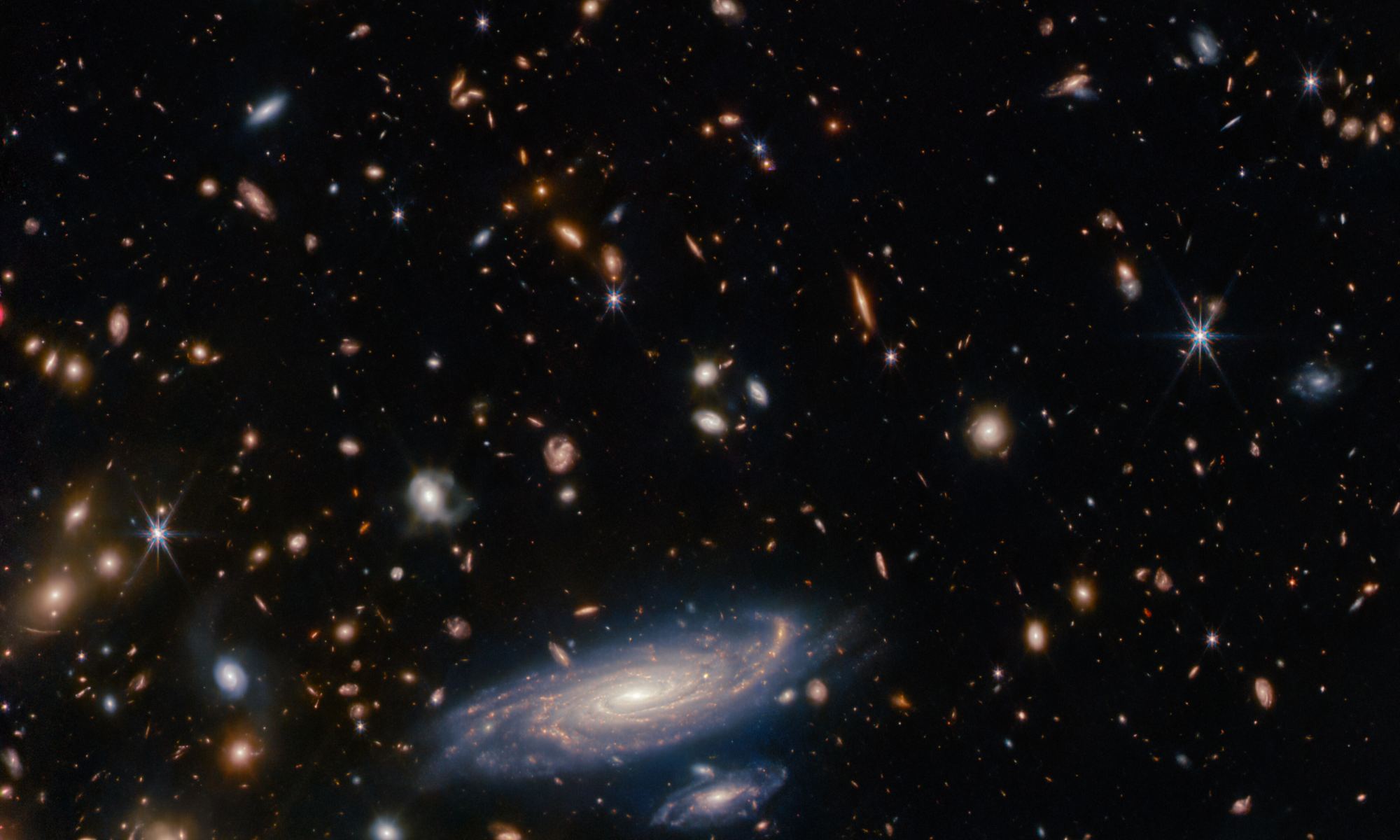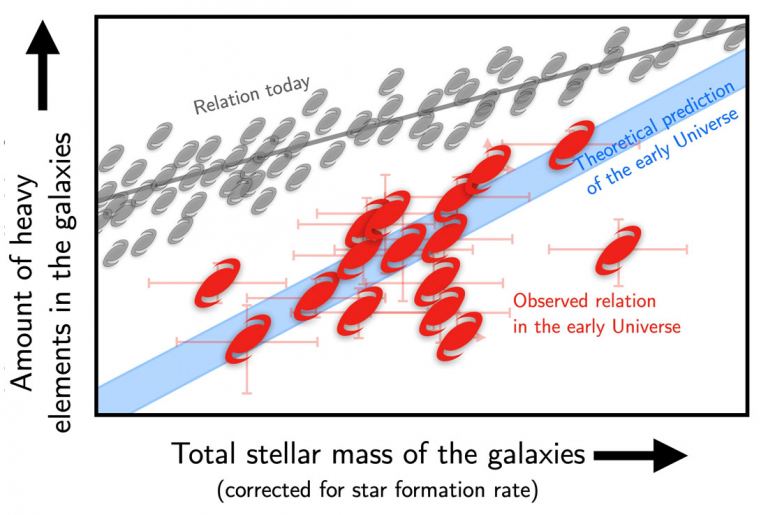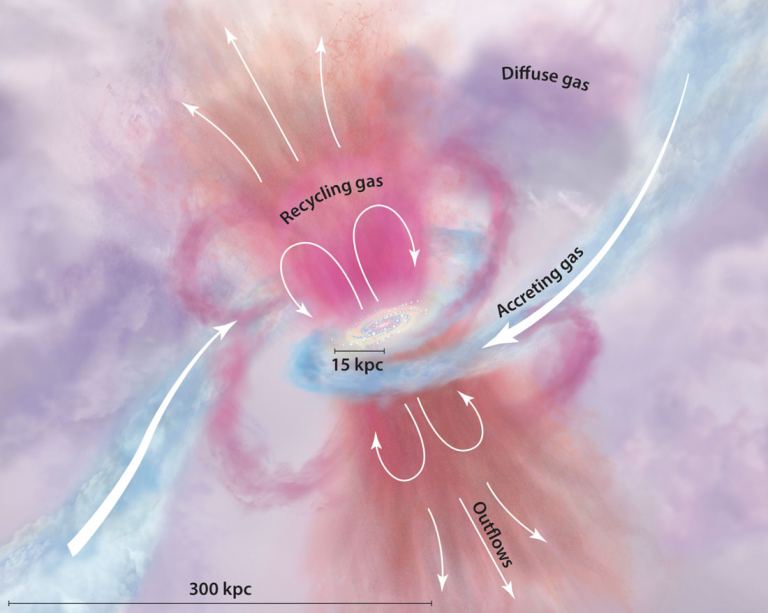One of the main scientific goals of the James Webb Space Telescope is to observe and study the epoch when, according to scientists, the first galaxies were formed. With each look into the spatial depth of the past, the telescope sets new records for the discovery of the most distant objects that have ever been recorded.

In the journal Nature Astronomy, a team of researchers from Denmark reports on the results of their observations. They claim that they have managed to capture some of the oldest galaxies thanks to James Webb. These galaxies are so old that they may still be in the process of forming, like the first embryos of the galaxies of the Universe.

An important aspect of the study of these ancient objects is the study of the relationship between galaxies and the matter they consist of. One of the established facts is that in the local Universe during the last 12 billion years, or about 5/6 of the history of the Universe, the ratio between galaxies and heavy elements has remained virtually unchanged. However, thanks to James Webb, astronomers have noticed that the youngest galaxies have generally different characteristics. They do not have the same ratio of stars and heavy elements because they have not yet managed to go through the cycles of star formation and the death of luminaries, which enrich gas clouds with elements heavier than hydrogen and helium.
Model of galactic evolution
Astronomers selected 16 galaxies for this study, among which were the oldest and most distant. During the observations, they came to the conclusion that the content of chemical elements in these galaxies was only 1/4 of what could be observed in galaxies that appeared in a later period.

Such discoveries sharply contradict the current model of galactic evolution. According to it, galaxies evolve to a state of equilibrium during most of the history of the Universe, where there is a relationship between the number of stars formed and the number of heavy elements that have formed. However, the researchers claim that such results correspond to theoretical models of galaxy formation processes. Now this is not only a theory but also a reality.
“The result gives us the first insight into the earliest stages of galaxy formation which appear to be more intimately connected with the gas in between the galaxies than we thought,” said Kasper Elm Heintz, head of research and associate professor at theCosmic Dawn Center at the Niels Bohr Institute and DTU Space in Copenhagen, Denmark.
The researchers have no doubt that JWST will provide even more important data. Soon we will have a deeper understanding of the formation processes of galaxies formed during the first billion years after the Big Bang.
Earlier we reported on how James Webb took an amazing photo of the famous supernova remnant.
Follow us on Twitter to get the most interesting space news in time
https://twitter.com/ust_magazine
